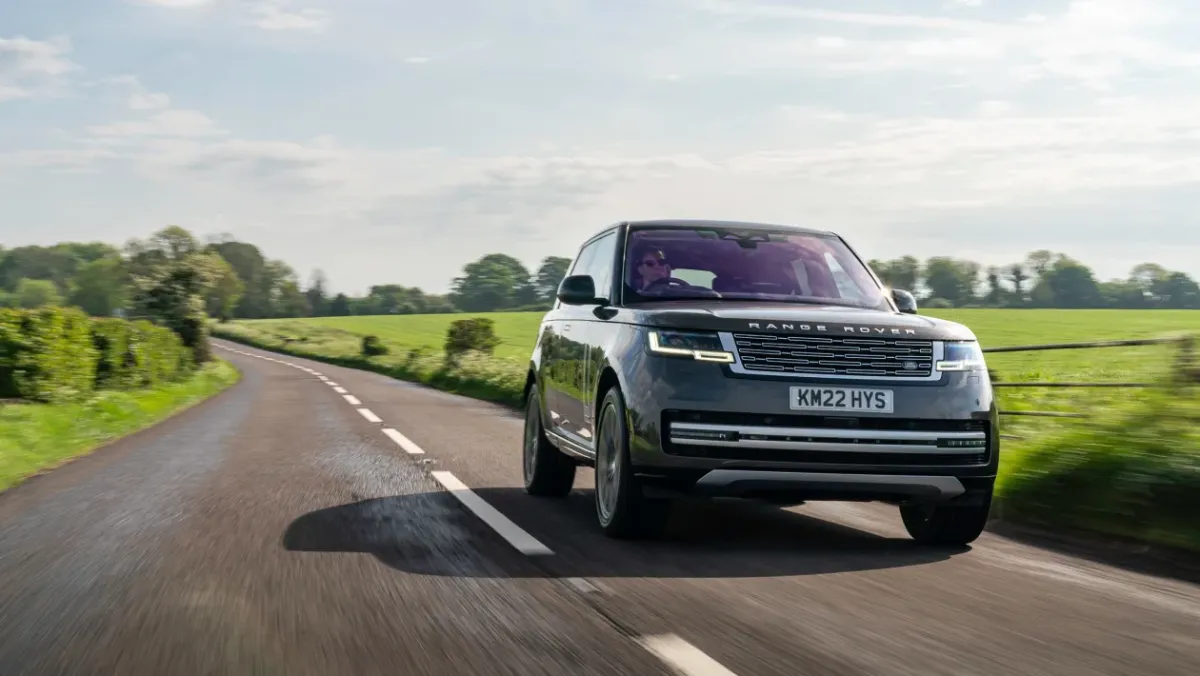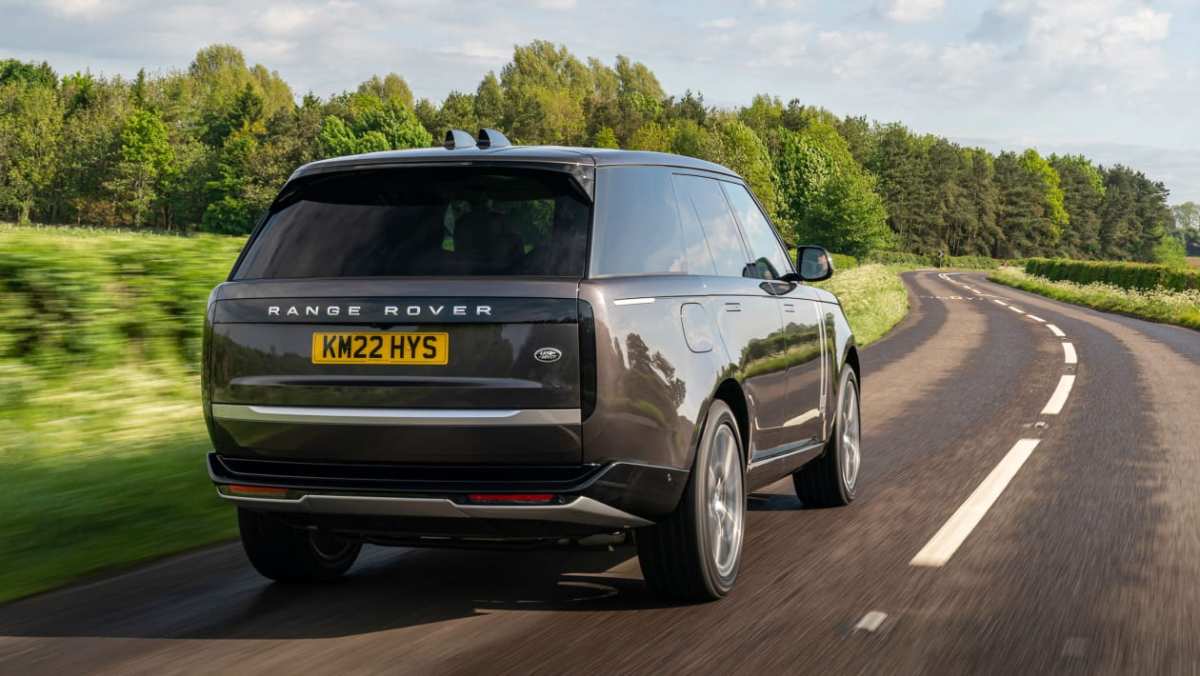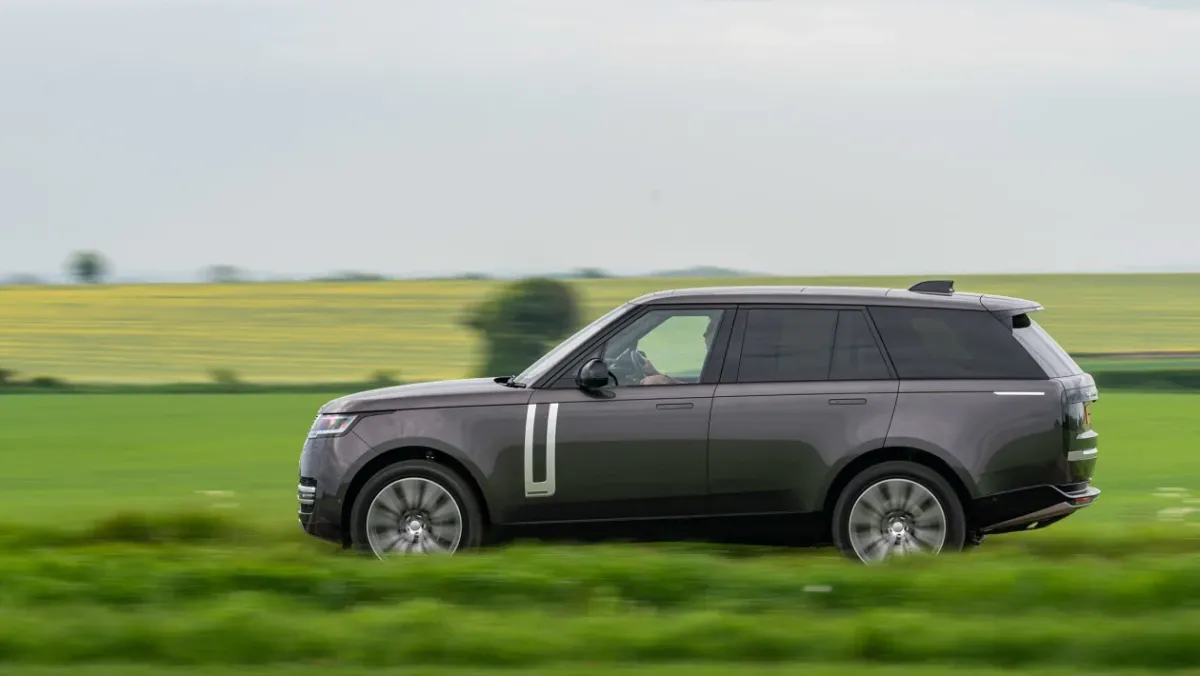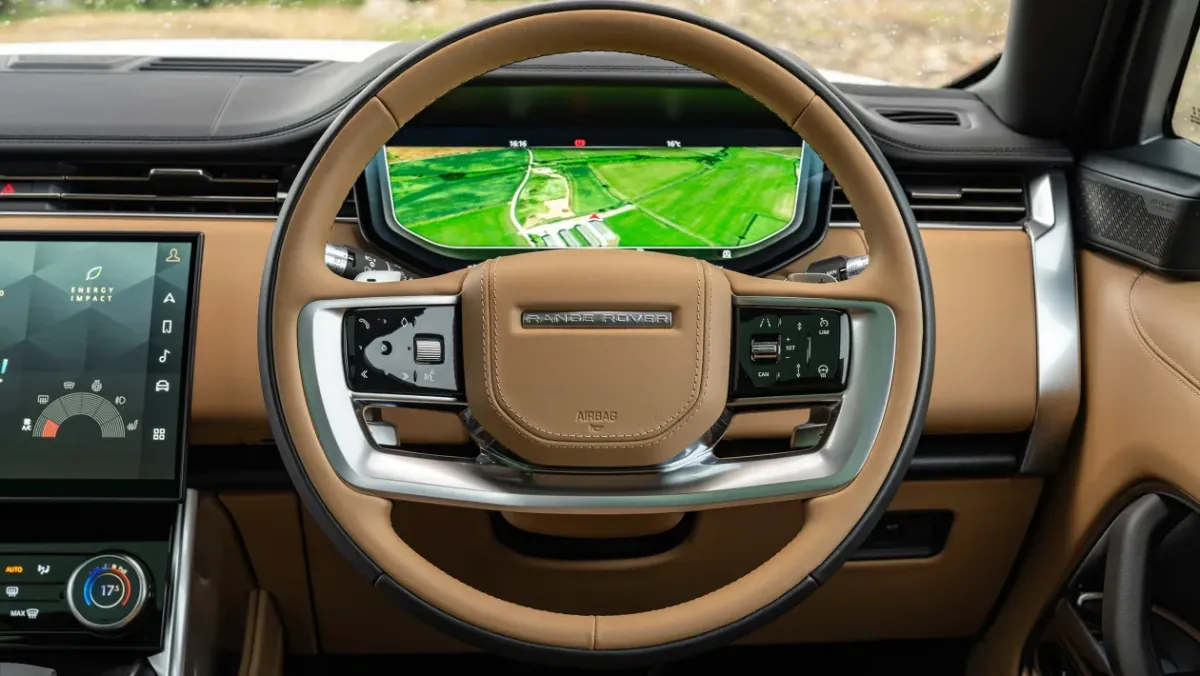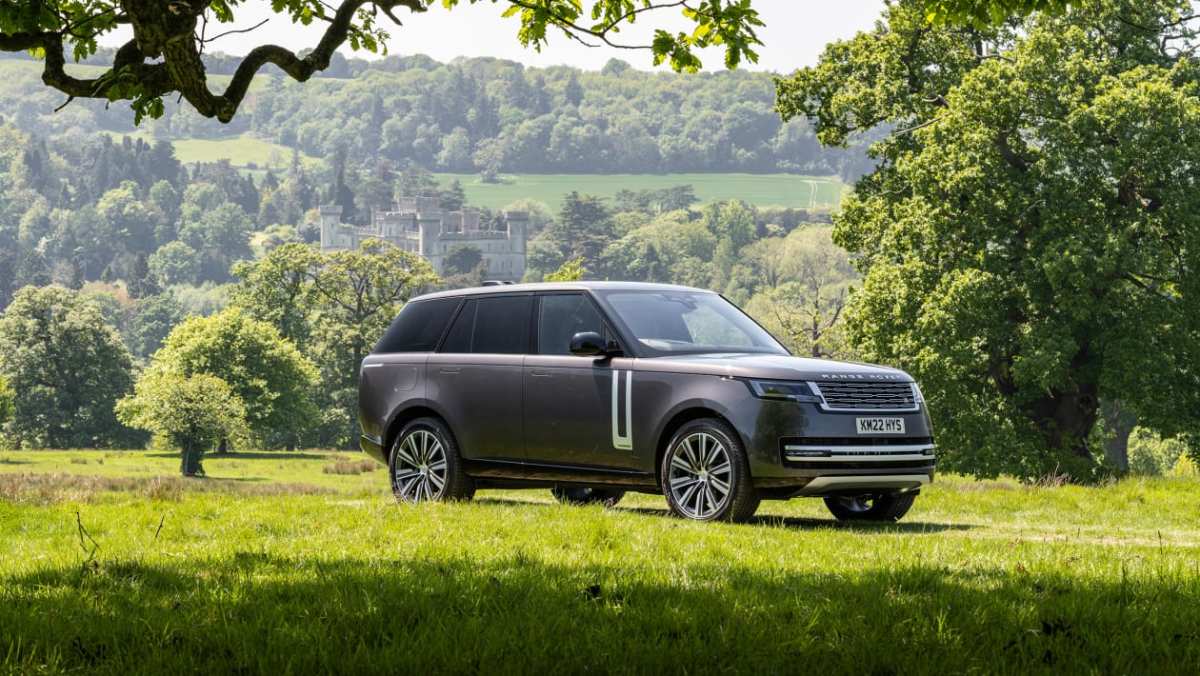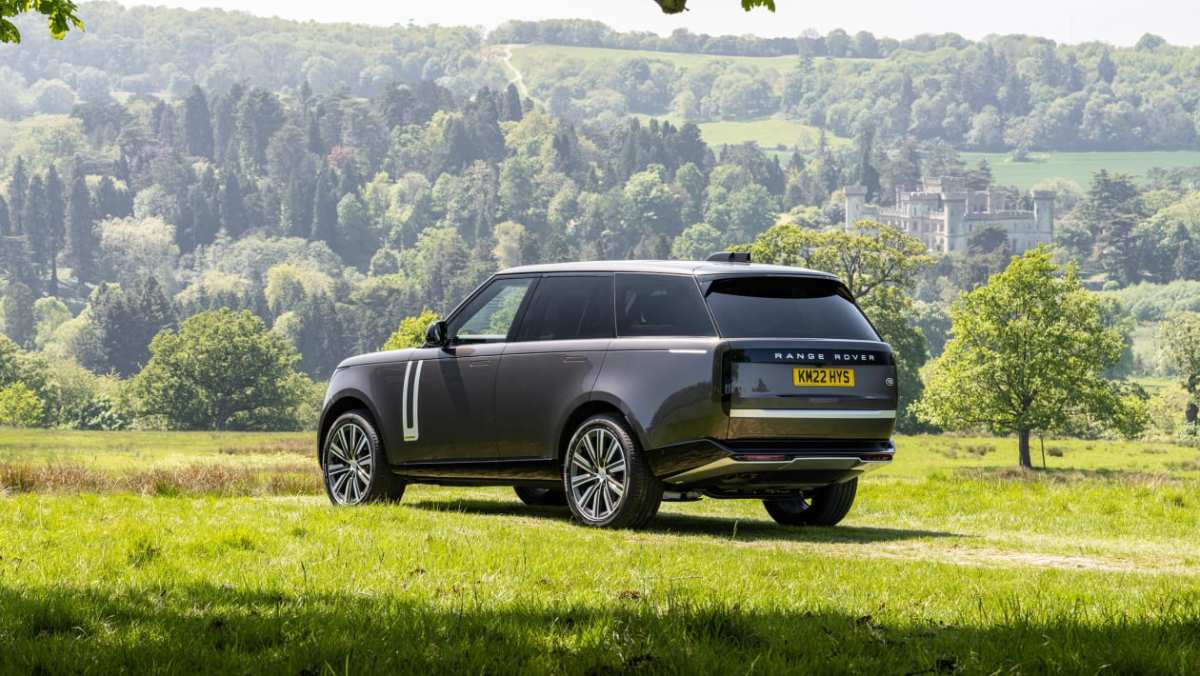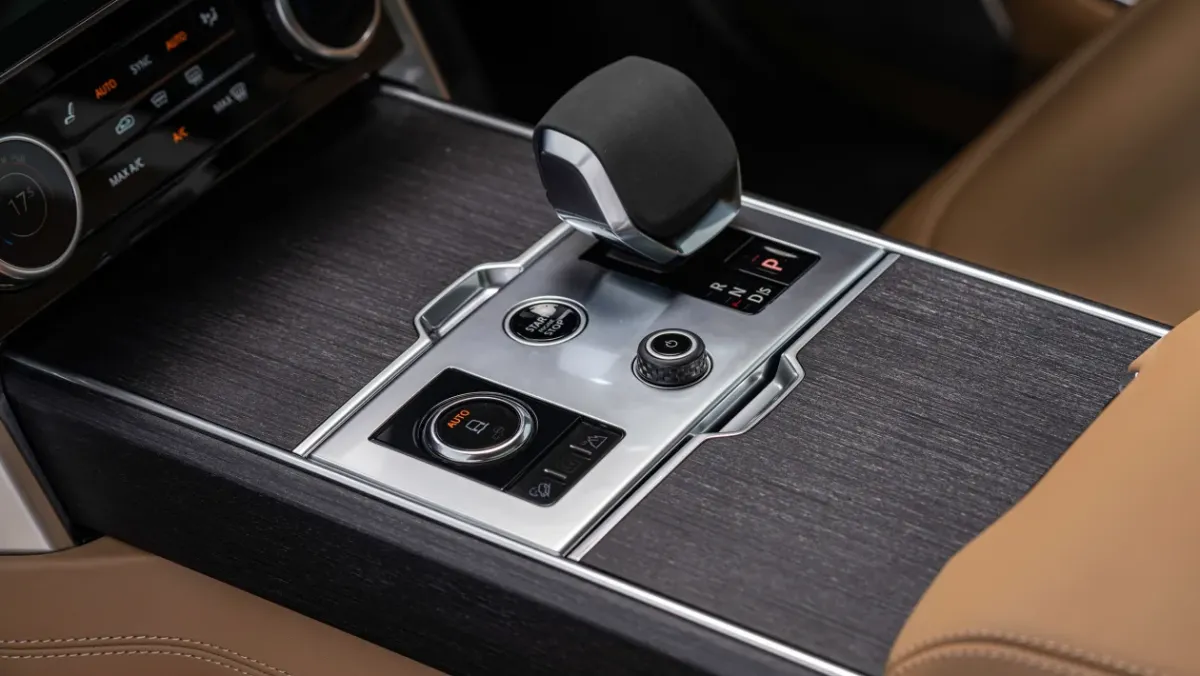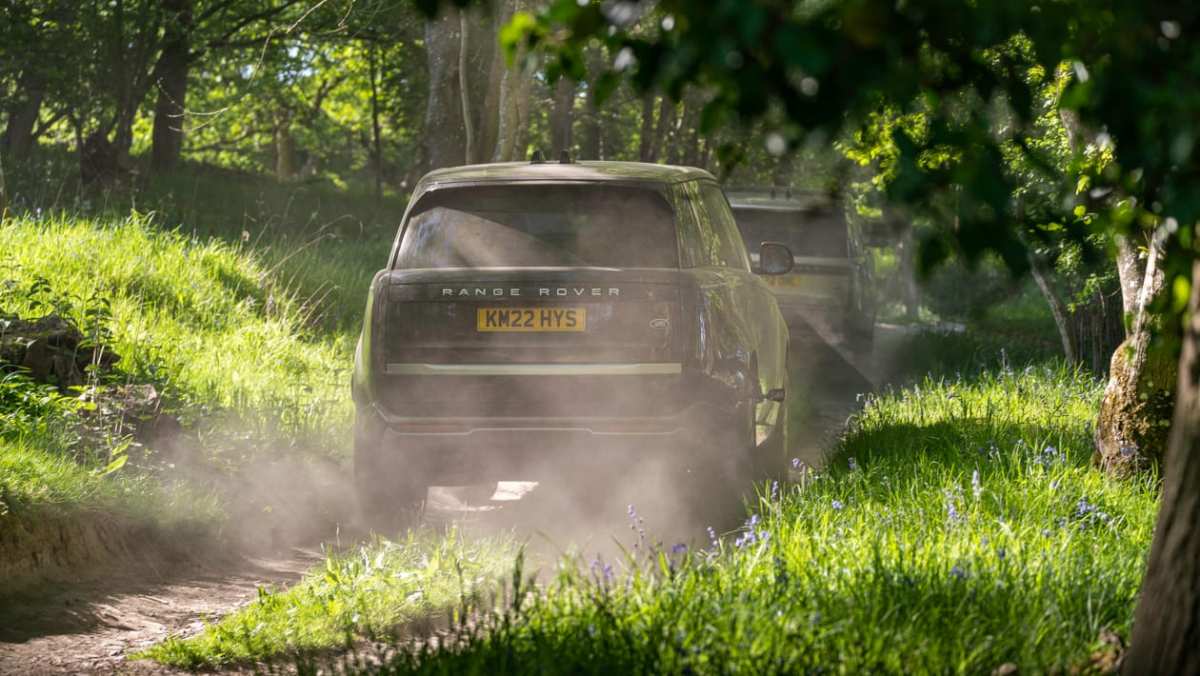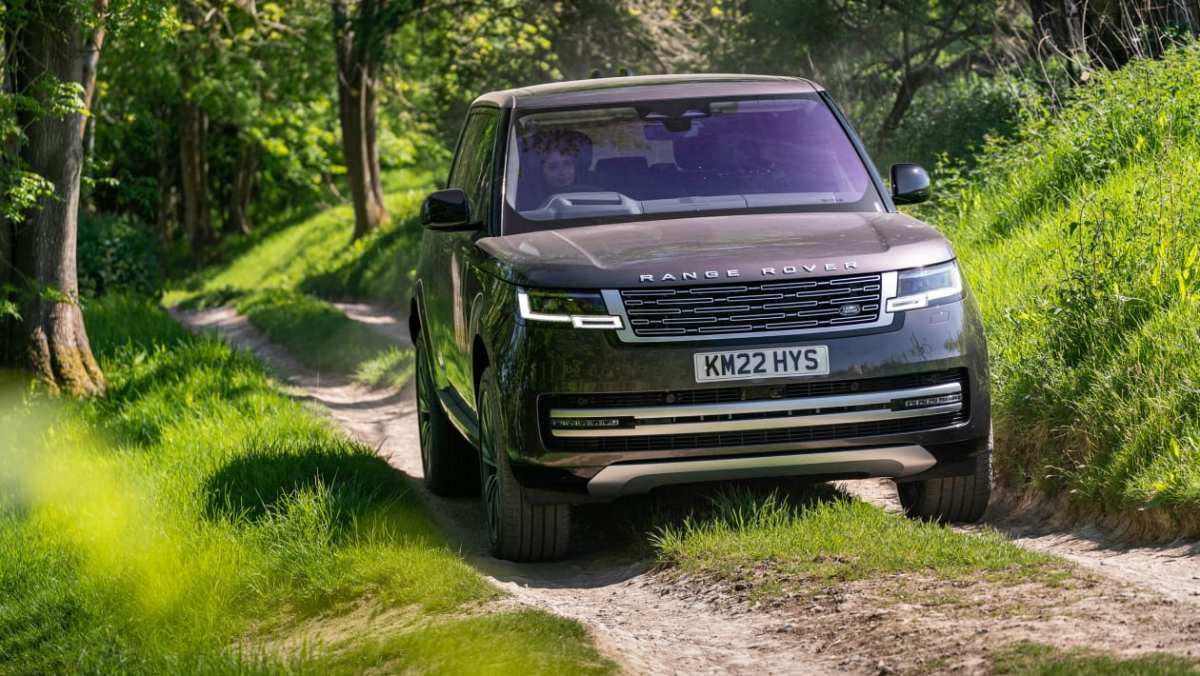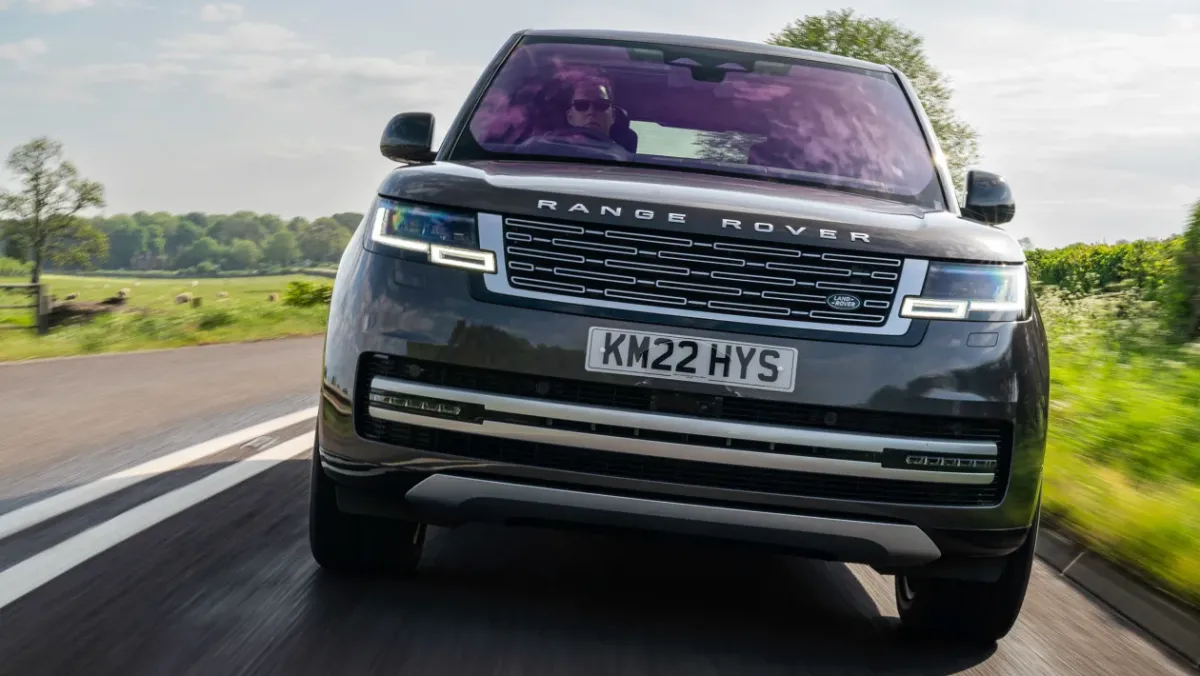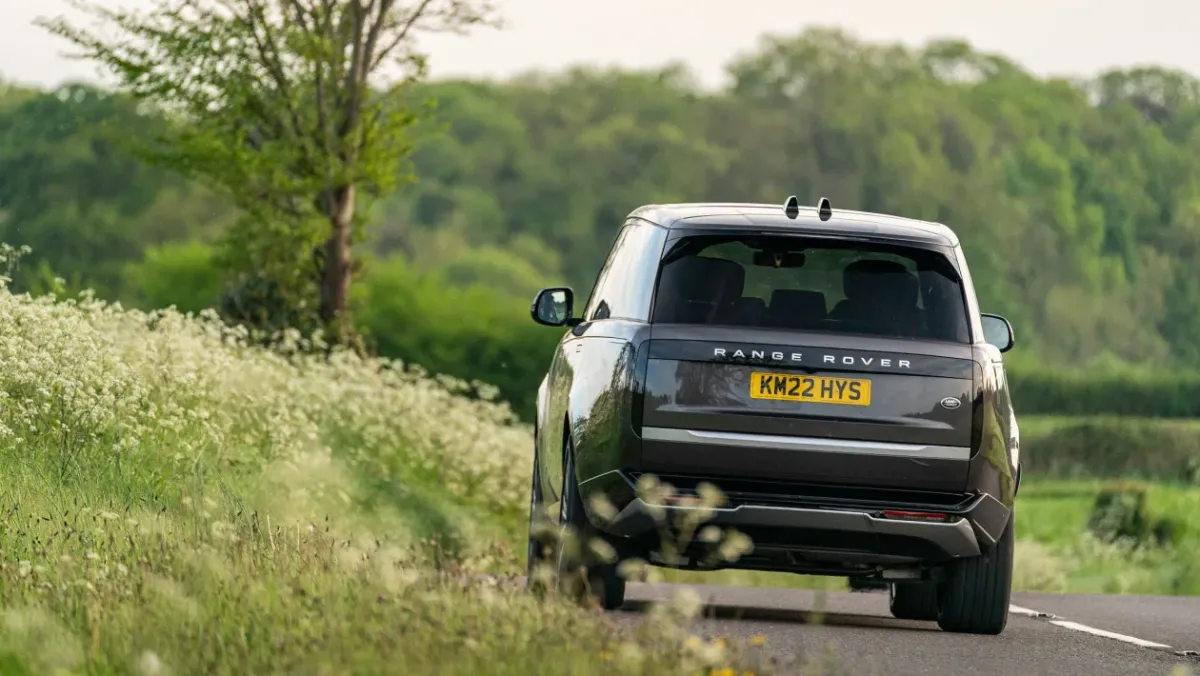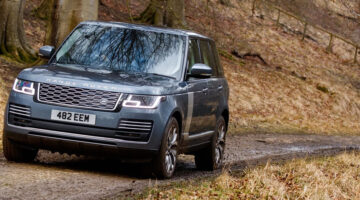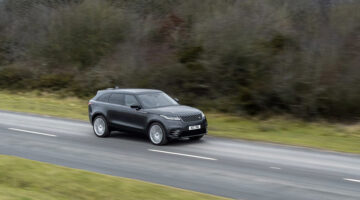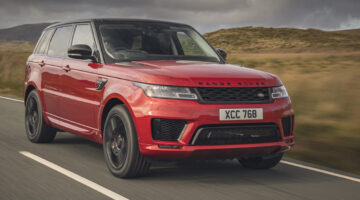Doubling down on a Range Rover’s best bits, while polishing some of its worst – the all-new model is everything you expected, and hoped, it would be
New Range Rovers don’t come around very often, so when they do you can be certain Land Rover will pull out all the diff locks to ensure its flagship hits the spot. Here we are, then, with the fifth-generation car, built on a brand new platform that will also see service under the next Range Rover Sport (and, it’s safe to assume, other future Land Rovers).
Like its predecessor, the new Range Rover is built around an aluminium monocoque, but in this case there’s more steel in the mix, forming transverse rings around the shell at the A-, C- and D-pillars and looping the front door openings, boosting rigidity to the benefit of suspension location and refinement.
The new car is 53mm longer than the old one with an extra 75mm in the wheelbase, or you can have the LWB version, which adds another 200mm between the arches and, for the first time on the full-size Range Rover, offers the option of seven seats.
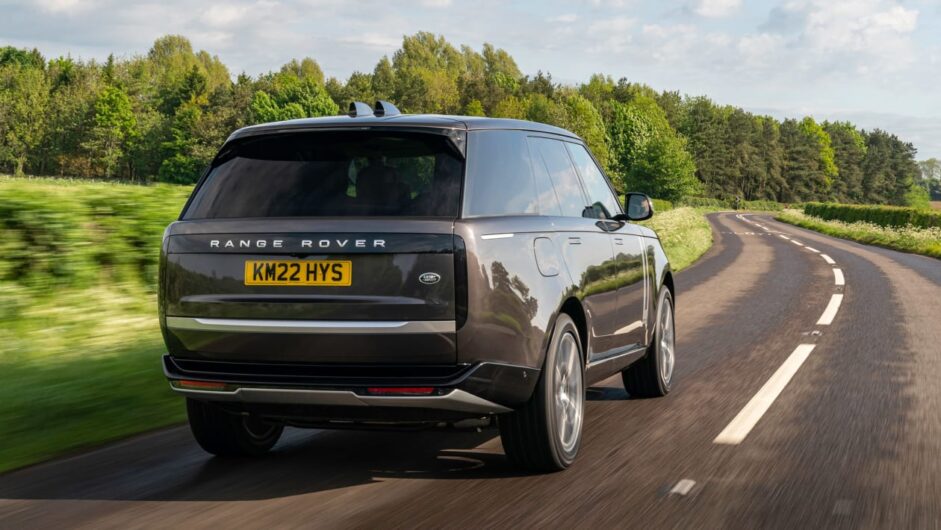
Not everything has grown, however, because the new car is 11mm narrower across the mirrors, and the roofline has dropped by 10mm. Like-for-like the body-in-white is lighter than that of the last one, but Land Rover has ‘spent’ that saving on new hardware, most notably four-wheel steering. As a result the new car is a near-2.5 tonne machine at a minimum and in its heftiest LWB form waddles past the 2800kg mark.
From the front you might mistake it for the last model, though there’s no such confusion from the back, where the lamps have become slender vertical bars, jet black until lit thanks to trick innards with bulbs that face towards the front of the car and bounce their light backwards off internal reflectors. Other neat details include door windows that meet the lower metalwork without a rubber sealing strip and side glass that appears to butt pane-against-pane from the B-pillar back.
It’s a really clean looking car, notwithstanding the gimmicky contrast panel in the front door which cannot be had in body colour, no matter how much you rummage in the vast options list. There’s even a smoother look to the usual Range Rover split tailgate, achieved by making the upper door deeper. The bottom bit still opens downwards to provide a handy seat, something Land Rover has embraced with an optional fold-out backrest surrounded by cupholders, downlighters and speakers. Posho tailgate party this way…
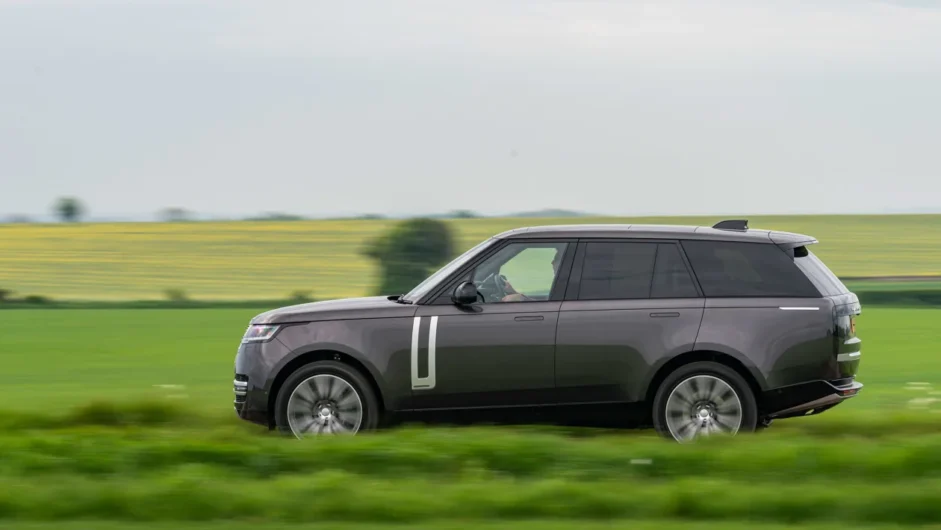
You could lose weeks trying to spec one of these things, dithering over optional satin effect paint finishes, non-leather textile interiors and optional 23-inch alloys, and that’s before you get into the SV sub-range where no rose gold trim, ceramic gear selector or motorised club table is too much to ask.
Mercifully, the engine choices are a little more straightforward. You can have a 3-litre diesel straight-six in 296 or 345bhp outputs, or a delightfully smooth petrol of the same capacity and configuration that makes 395bhp with help from a turbo and an electric supercharger. In a few months the same engine will be available in a plug-in hybrid with the battery capacity to cover a claimed 112 kilometers on electricity alone. In 2024 there’ll be a full electric version and, assuming the 2030 ICE ban holds, that’ll be how this car will see out its days in Britain and many other countries.
For now, however, you can still have your Range Rover with a trad V8, though it’s not completely traditional because the old 5-litre supercharged bruiser from the last car has gone, usurped by BMW’s twin-turbo N63 from the M850i et al, bought in and modified to Land Rover’s needs. It’s not as charismatic as the old engine but it pulls harder and is claimed to be 17 per cent more efficient. Frankly, most needs would be met by the agreeable 3-litre sixes but there’s a certain daft delight in pointing this V8 leviathan at a long straight and getting it to summon distant objects towards you with a muted buffalo bellow.
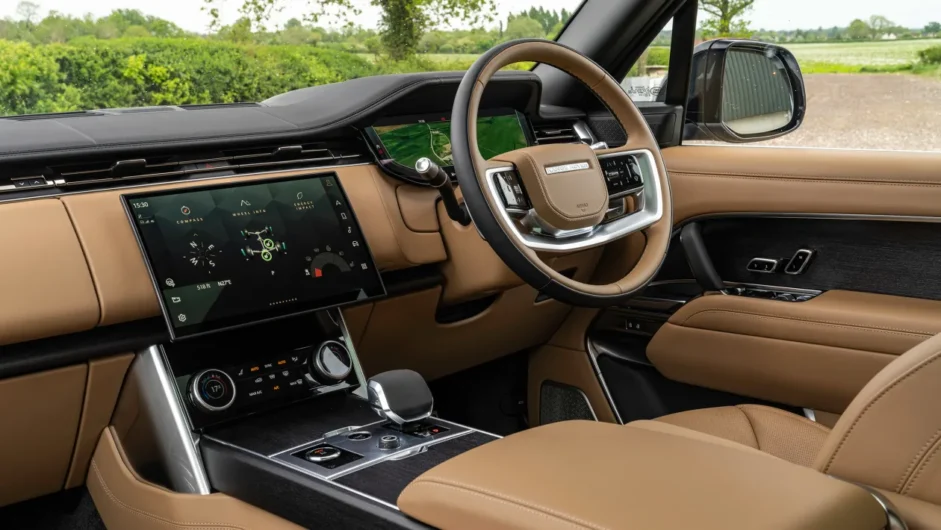
The good news is, if there’s a corner at the end of that straight you’ve a decent chance of rounding it without puckering your optional Kvadrat wool-blend upholstery thanks to standard-fit four-wheel steering and air suspension allied to a 48V electronic body control system that can apply 1033lb ft of cranking to the anti-roll bars. The best thing you can say about these systems is that you barely notice they’re there.
The 4WS is well calibrated so that, unlike some set-ups, it doesn’t have your inner ear fumbling for the sick bag. You’re aware only of a certain agility and neatness in tighter bends that seems at odds with a car of this size and weight. The work of the rear wheels is also evident in tight low-speed manoeuvres when it can deploy all 7.3 degrees of counter-steer to give you the tightest turning circle of any Land Rover, and on motorways where the rear wheels turn the same way as those at the front for crisp lane changes.
The anti-roll systems are subtle too, allowing a certain amount of body movement rather than the eerily flat cornering behaviour of a Xantia Activa so the whole thing feels normal and natural. Also playing its part in the handling department is an active rear diff that’s doing more of the heavy lifting here because, in normal running between 21 and 160kph, the car is rear-wheel drive unless it detects a need to shunt torque to the front axle.
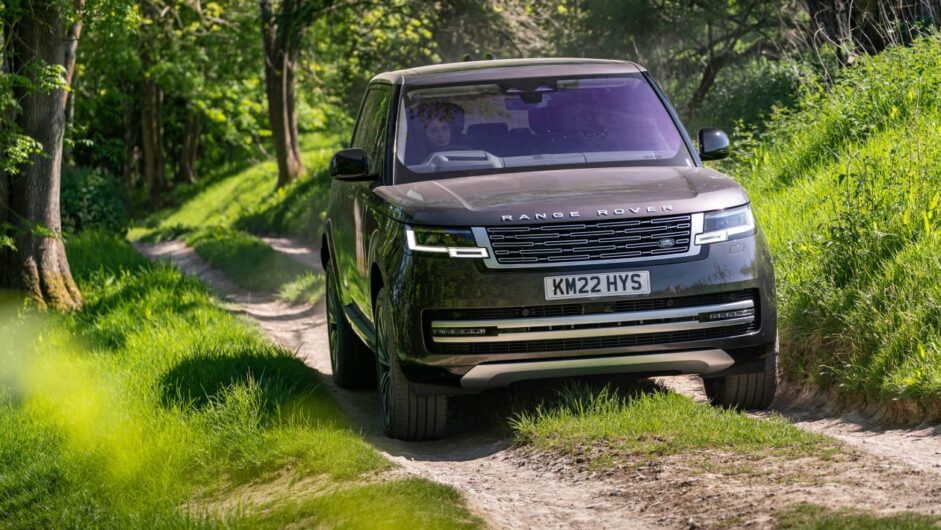
Don’t go thinking that Land Rover has accidentally built a leathery drift machine, however. This is still a tall, two-and-a-half tonne 4×4. You can hustle it, and it’s certainly got the power to let you drive like you’re very late for something very important, but its size and general bearing don’t encourage such behaviour, even with the subtle tightening of reactions brought on by selecting Dynamic mode. Next to a Porsche Cayenne or Aston DBX, the new Range Rover would feel rather boaty. Or you could say that next to the new Range Rover, the Porsche Cayenne or Aston DBX would feel too tightly wound.
The Range Rover has always been about comfort and calm rather than spearing down B-roads, and this new car, with its superb seats and eerily effective active noise-cancelling tech, is playing to its strengths. You sit back in the attractively minimalist interior, take gentle grasp of the big steering wheel, enjoy the view through the big windows, and relax knowing you could cover hundreds of kilometers without stress. You wouldn’t even need roads to do so, given the platter of Terrain Response options and a wading depth of 900mm. Just be careful not to get mud on your deep pile mohair carpets.
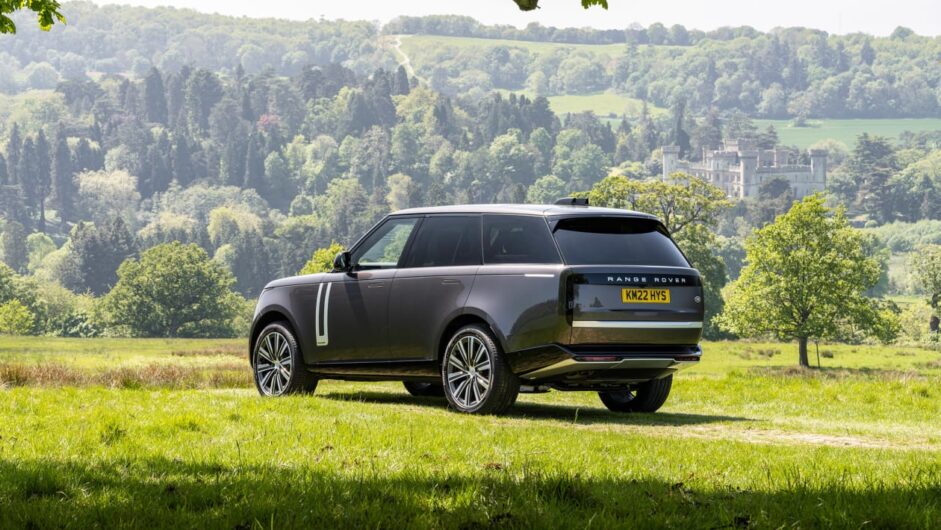
Prices and rivals
There are plenty of harder, sharper, more aggressive SUVs, but there’s only one Range Rover, a car that combines the silence and space of a limo with the lofty unstoppability of a Defender. This new one builds on the strengths of the last car without ruining what made it feel special. It’s not cheap, kicking off at near-as-dammit $110,000 and soaring past $248,000 if you get busy with the options in the SV range, but then there’s really nothing quite like it. It’s a Range Rover, but better.
This article originally appeared at evo.co.uk
Copyright © evo UK, Autovia Publishing

